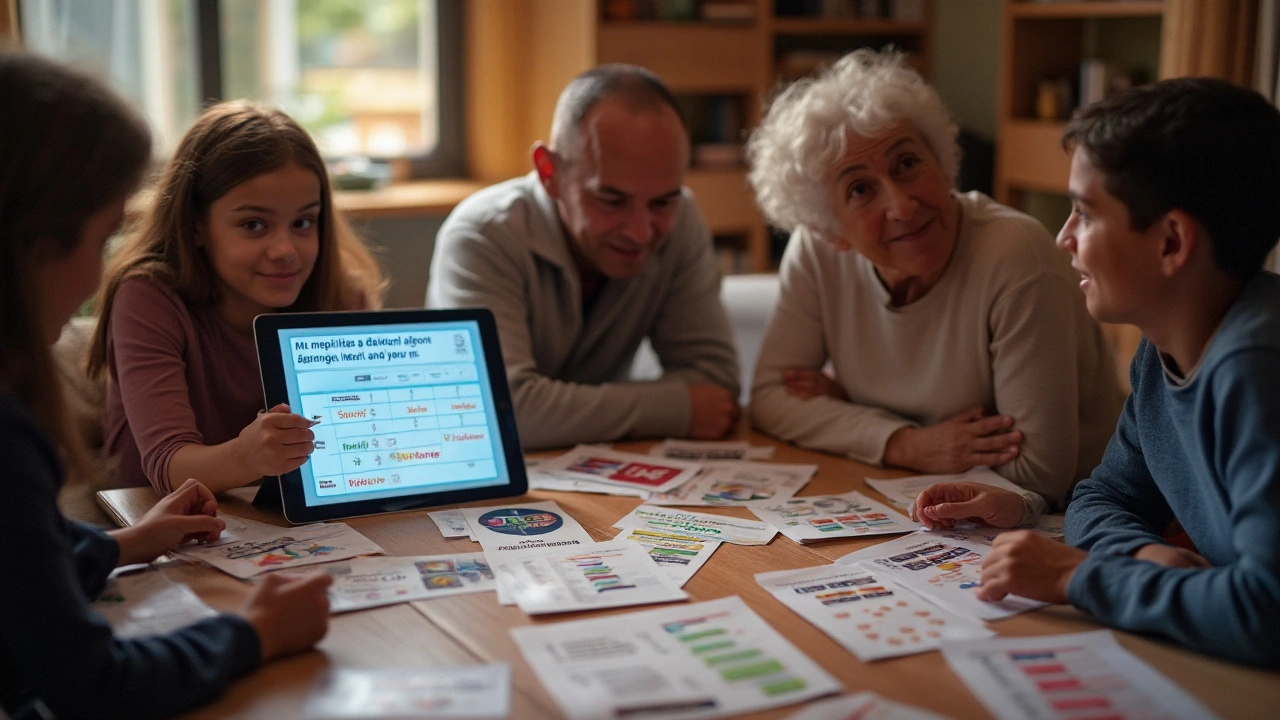Exploring ways to save money on medications has never been more crucial. While GoodRx is a popular choice, there are several competitively priced alternatives in 2024. This article delves into five noteworthy competitors—SingleCare, RxSaver, Optum Perks, FamilyWize, and WebMDRx—highlighting their features, pros, and cons. By understanding these options, consumers can make well-informed decisions about their prescription purchasing strategies.
Discount Cards: How to Slash Your Prescription Bills
If you’ve ever stared at a drug price and thought, “That’s too much,” you’re not alone. Discount cards are a simple tool that can knock off a big chunk of the cost without any extra paperwork. Most of them are free, and you can start using them the same day you sign up.
What a Discount Card Actually Does
A discount card is basically a membership that tells the pharmacy you qualify for a lower price. When you hand the card to the pharmacist, the system applies a discount that can be anywhere from 10% to 80% off the list price. The discount comes from the pharmacy’s own buying power, not from your insurance, so it works even if you don’t have coverage.
Because the discount is built into the pharmacy’s price, you usually pay the reduced amount at checkout. No need to submit receipts or wait for reimbursements later. It’s a straight‑forward way to save, especially on brand‑name drugs that your insurance may not fully cover.
Where to Find Free Discount Cards
Most big pharmacy chains hand out cards at the counter, and many online portals let you download a printable version. Websites that specialize in drug savings often list a handful of the most popular programs, like GoodRx, SingleCare, or RxSaver. Just type your medication name, compare the offers, and grab the card that gives you the biggest cut.
You can also check the packaging of the medication you already have – some manufacturers include a discount card for future refills. It’s worth a quick glance before you toss the box away.
When you sign up, you’ll usually give your name, email, and sometimes a zip code. That helps the system match you with the right pricing in your area. There’s no hidden fee, and you can cancel anytime if you decide you don’t need it.
One tip: keep a digital copy on your phone. Many apps let you scan a barcode or show a QR code at the pharmacy, so you never have to hunt for the paper card again.
Discount cards also work for over‑the‑counter items like vitamins and pain relievers. If you regularly buy a specific brand, run a quick search – you might find a card that cuts the price dramatically.
Don’t expect a discount on every drug, though. Some specialty meds, especially those that require a cold‑chain or have limited competition, might not have a card price. In those cases, talk to your pharmacist about generics or therapeutic alternatives that do qualify.
Another thing to watch: some cards only apply at certain pharmacy locations. If the card says “Nationwide,” it usually works at any major chain, but a “Regional” card might be limited to stores in a specific state. Make sure the card you pick works where you shop most often.
Finally, keep an eye on expiration dates. While many cards last a year, a few are shorter. If you notice your discount shrinking, refresh the card or grab a newer one from the same provider.
Using discount cards is a low‑effort, high‑reward habit. It’s like having a coupon for your meds, and you don’t need to hunt for sales every month. So the next time you pick up a prescription, ask the pharmacist if a discount card can lower your price. You’ll likely walk out with a better deal and a lighter wallet.

